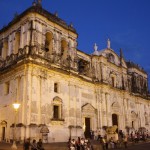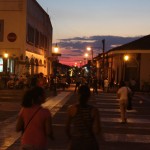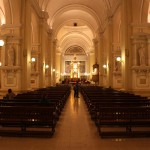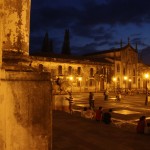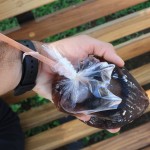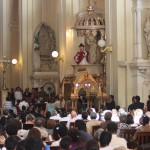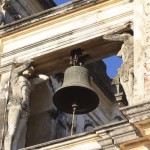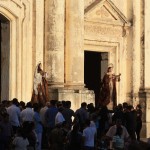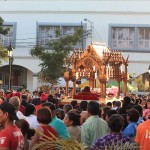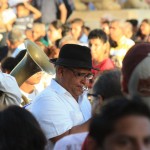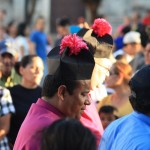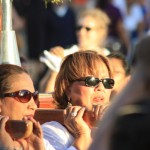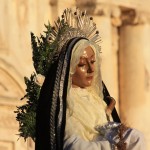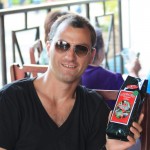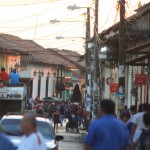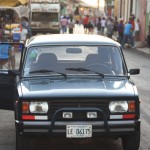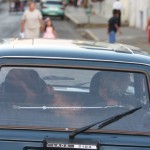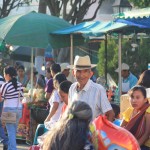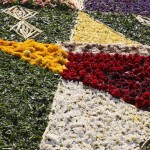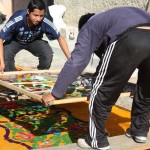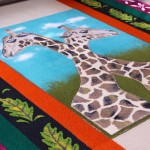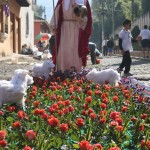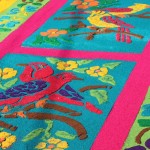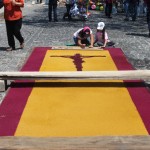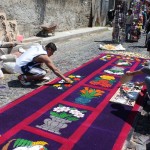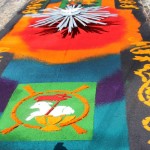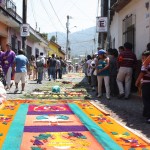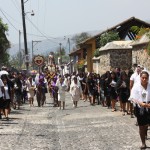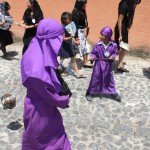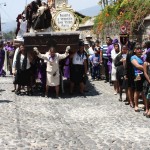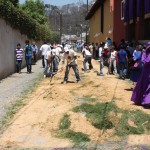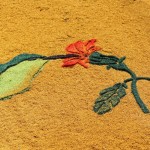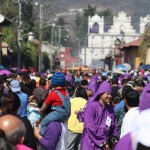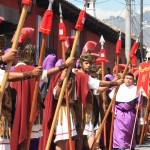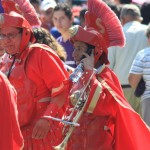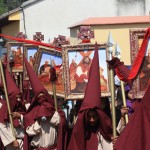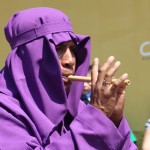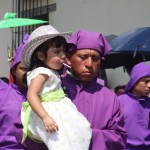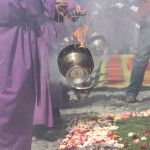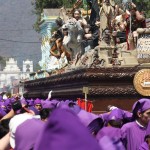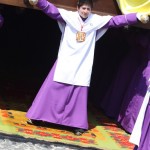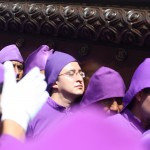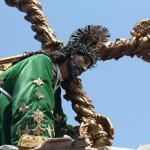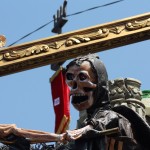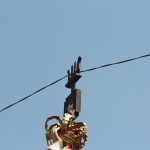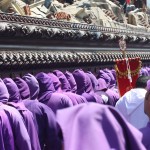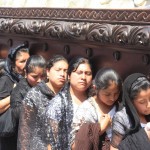Well, I can’t say the city exactly welcomed us with open arms. After a rocky couple of nights, we wanted to give the city a chance. It was a little frustrating how many local businesses were closed because of Semana Santa, but there was nothing to be done about that. We spent some time relaxing on a shaded bench in the central square. George likes his coca cola, so he went to grab one from a local street vendor. What he came back with was a plastic bag filled with ice and cola, tied off with a straw jammed in. Not the cold refreshing glass bottle he was expecting. The city does have its charms though. A beautiful church in the central square (the largest in Central America) was the starting point for an Easter procession (minus the alfombras that Antigua laid out). G and I had a front row seat from a coffee shop. Another charm – delicious coffee. All-in-all, Leon was a nice town – I can’t see myself visiting again though. I don’t have the will do fend off the bed bugs.
Tag Archives: Semana Santa
Alfombras (sawdust carpets)
This tradition appeals to me on so many levels. Entire communities come together to prepare intricate and colorful alfombras (sawdust carpets) in the streets for the Catholic Easter processions. Teams of friends and family work all day and night to complete the alfombra only to have them walked on soon after by the long processions and immediately shoveled up by the clean up crew. Each group seems to have their own method and design concept. They are primarily using coloured sawdust, wood shavings, pine needles, flowers and other random at hand things like vegetables and bottle caps. One alfombra even had a fountain with wine while another was a rendering of jesus entirely done out of different shades of sawdust. Because we were visiting Antigua in the weeks leading up to Semana Santa, there was a procession every weekend. I would compare the processions to a parade in North America. Needless to say, there was eye candy every weekend. The processions include hundreds of men (dressed in purple) and women (dressed in black and white) carrying religious icons. One of the platforms being carried was so large that it required 70 people on each side to carry it. Processions start in the morning and can go all night.
The last procession we saw included Roman soldiers. Now, the soldiers were not just there for decoration….they served a purpose, using their pitch forks to prop up the telephone and power lines. There was also a fleet of men with walkie talkies at vantage points throughout the procession organizing the mass of people.

